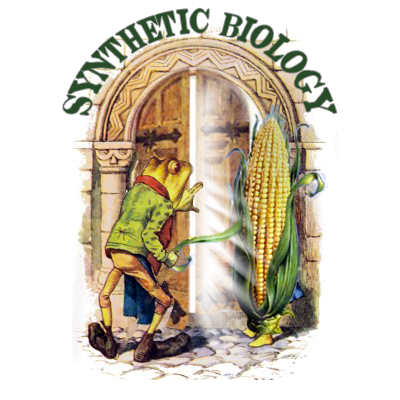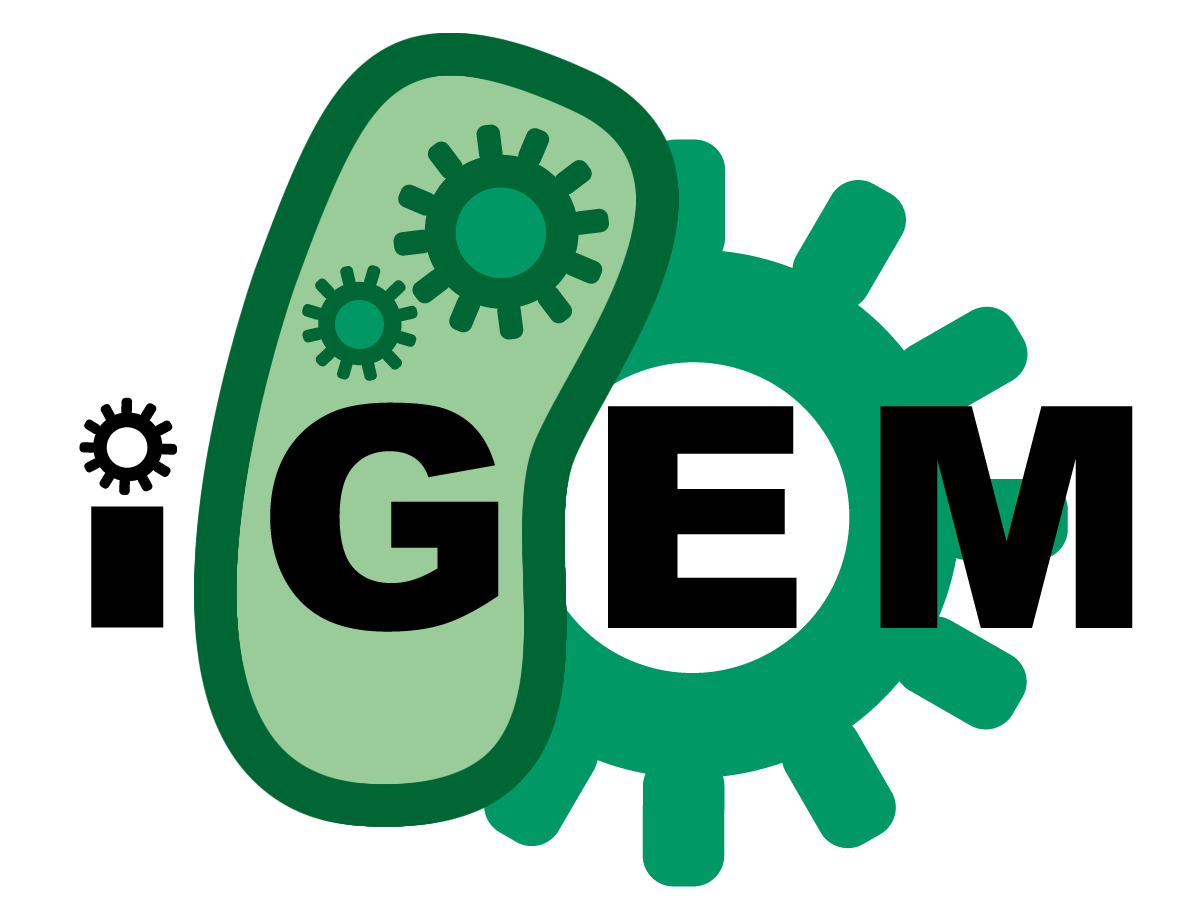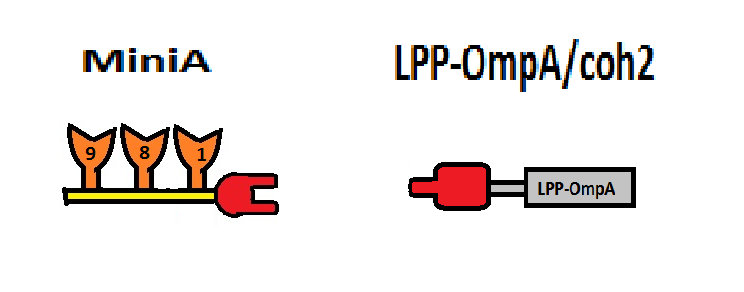Team:Evry/FrenchFrog
From 2012.igem.org
m |
|||
| Line 39: | Line 39: | ||
[[File:parts.png|left]] | [[File:parts.png|left]] | ||
| + | |||
| + | <p>You want to make the move from bacteria to multicellular synthetic biology ? Make sure you check out our Introduction to <i>Xenopus</i> page, and our Frogs for dummies page to make sure you are aware of all the differences between genetic engineering in eukaryotes</p> | ||
| + | |||
| + | |||
<p>This year, the Evry iGEM team is going to be the one of the first iGEM team to work on a vertebrate. Our work is focused both on developing a system for intercellular and inter-tissue communication, and creating the tools for the iGEM community to easily express genes in specific tissues. We believe the tadpole is a chassis of choice for iGEM on multi cellular organisms, as experiments can be conducted in one week using microinjection methods. We hope to demonstrate the feasibility of engineering <i> Xenopus </i> in one summer for an iGEM project, and to create a great tool for multicellular synthetic biology: A synthetic, orthogonal hormonal system. </p> | <p>This year, the Evry iGEM team is going to be the one of the first iGEM team to work on a vertebrate. Our work is focused both on developing a system for intercellular and inter-tissue communication, and creating the tools for the iGEM community to easily express genes in specific tissues. We believe the tadpole is a chassis of choice for iGEM on multi cellular organisms, as experiments can be conducted in one week using microinjection methods. We hope to demonstrate the feasibility of engineering <i> Xenopus </i> in one summer for an iGEM project, and to create a great tool for multicellular synthetic biology: A synthetic, orthogonal hormonal system. </p> | ||
| - | |||
Revision as of 17:58, 22 September 2012
The French froggies: an artificial hormonal system in tadpoles
|
|
|
Establishment of a new chassis
So far, synthetic biology has mostly focused on bacteria, since they are simple to engineer. iGEM teams and laboratories have worked on unicellular organisms in order to understand the underlying biology and have developed an impressive database of molecular parts. Some work has also been done on engineering mammalian cells and a few iGEM teams have followed this trend. Synthetic biologists are now imagining the rational design of multicellular organisms with numerous applications ranging from gene therapy or drug production to environmental monitoring. This year, our team would like to be part of that challenge.
The arrival of a Xenopus tropicalis as a chassis in synthetic biology requires the creation of new standards and protocols that the community will be able to build on. We provided the registry with such tools that allow rapid construction and characterization of devices in vivo, and include debugging tools. We think they will be very useful for later iGEM teams and synthetic biologists who wish to work with this Xenopus for building multicellular systems.
You want to make the move from bacteria to multicellular synthetic biology ? Make sure you check out our Introduction to Xenopus page, and our Frogs for dummies page to make sure you are aware of all the differences between genetic engineering in eukaryotes
This year, the Evry iGEM team is going to be the one of the first iGEM team to work on a vertebrate. Our work is focused both on developing a system for intercellular and inter-tissue communication, and creating the tools for the iGEM community to easily express genes in specific tissues. We believe the tadpole is a chassis of choice for iGEM on multi cellular organisms, as experiments can be conducted in one week using microinjection methods. We hope to demonstrate the feasibility of engineering Xenopus in one summer for an iGEM project, and to create a great tool for multicellular synthetic biology: A synthetic, orthogonal hormonal system.
References:
- Inducible control of tissue-specific transgene expression in Xenopus tropicalis transgenic lines., Chae J., Zimmerman L.B., Grainger R.M., Mechanisms of development 117:1-2, 2002
- Xenopus: a prince among models for pronephric kidney development., Jones E., JASN 16:2, 2005
- An auxin-based degron system for the rapid depletion of proteins in nonplant cells, Nishimura K., Fukagawa T., Takisawa H., Kakimoto T., Kanemaki M., Nature Methods 6:12, 2009
 "
"



